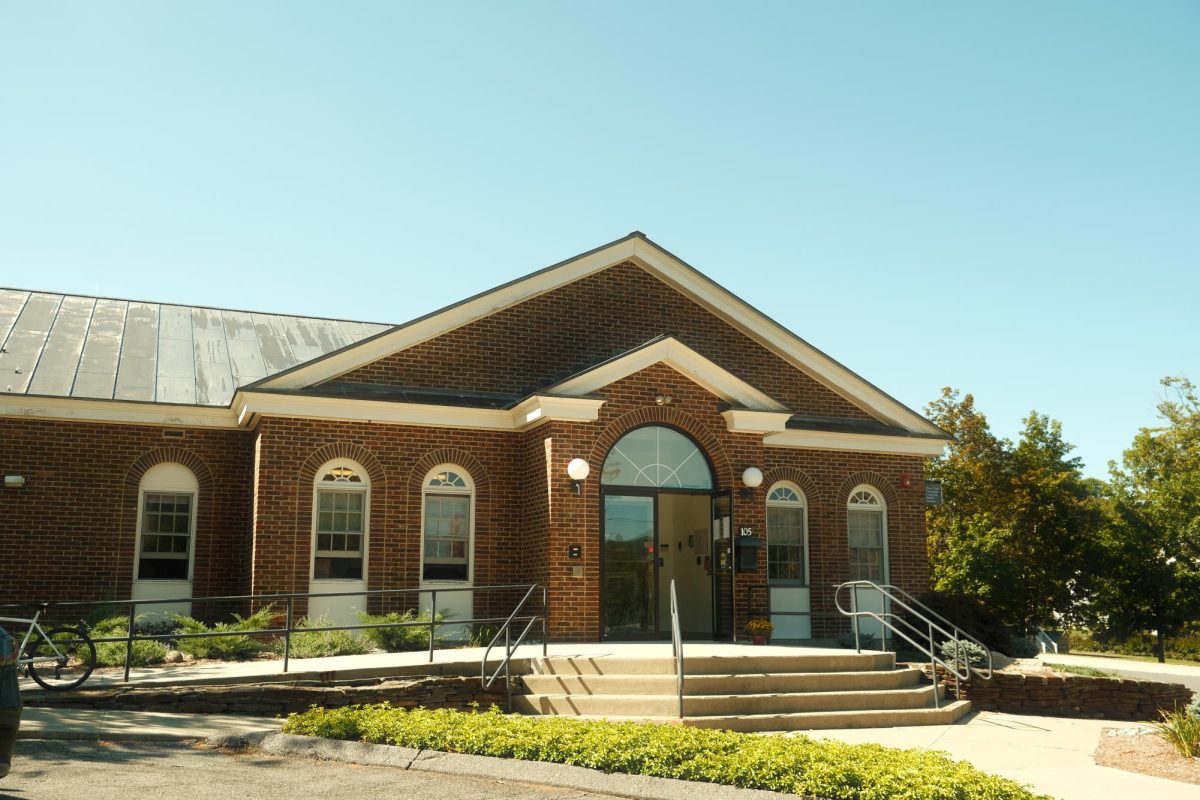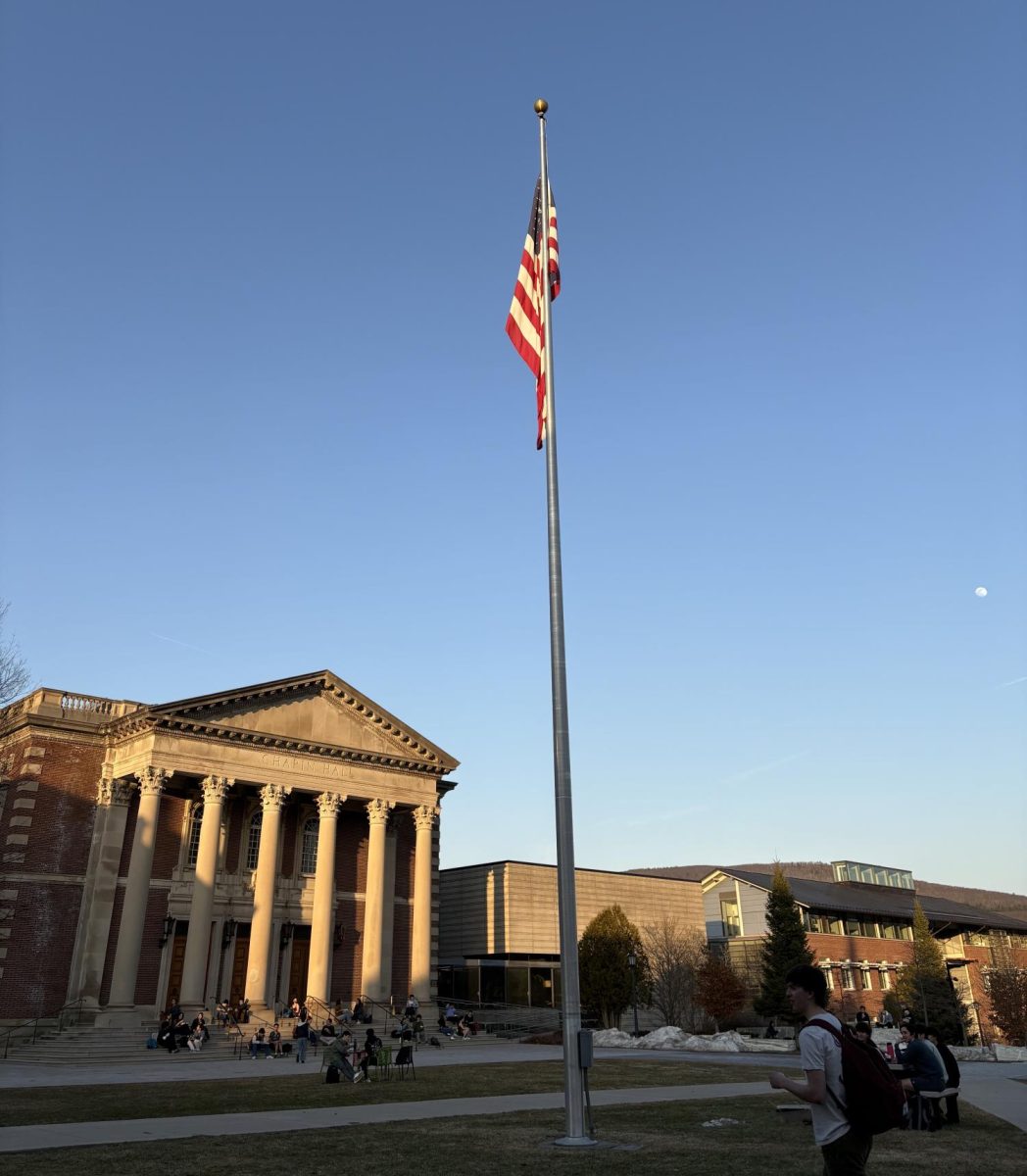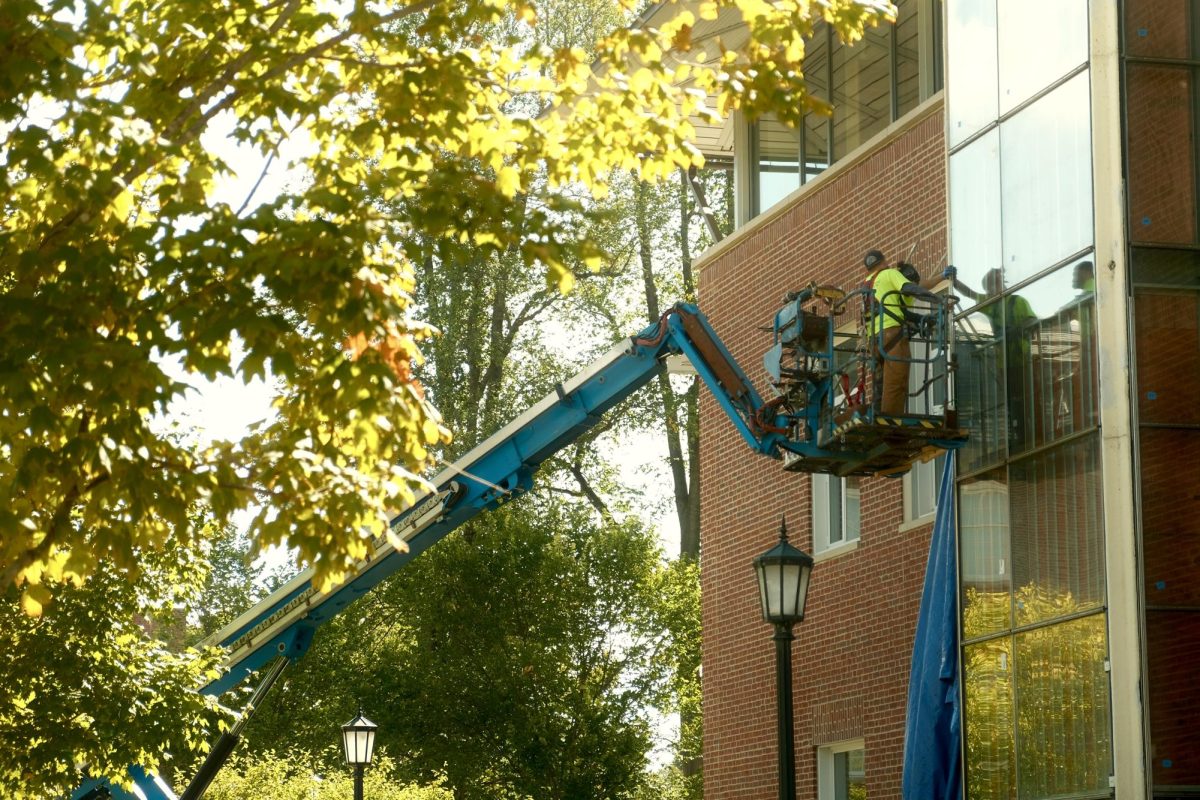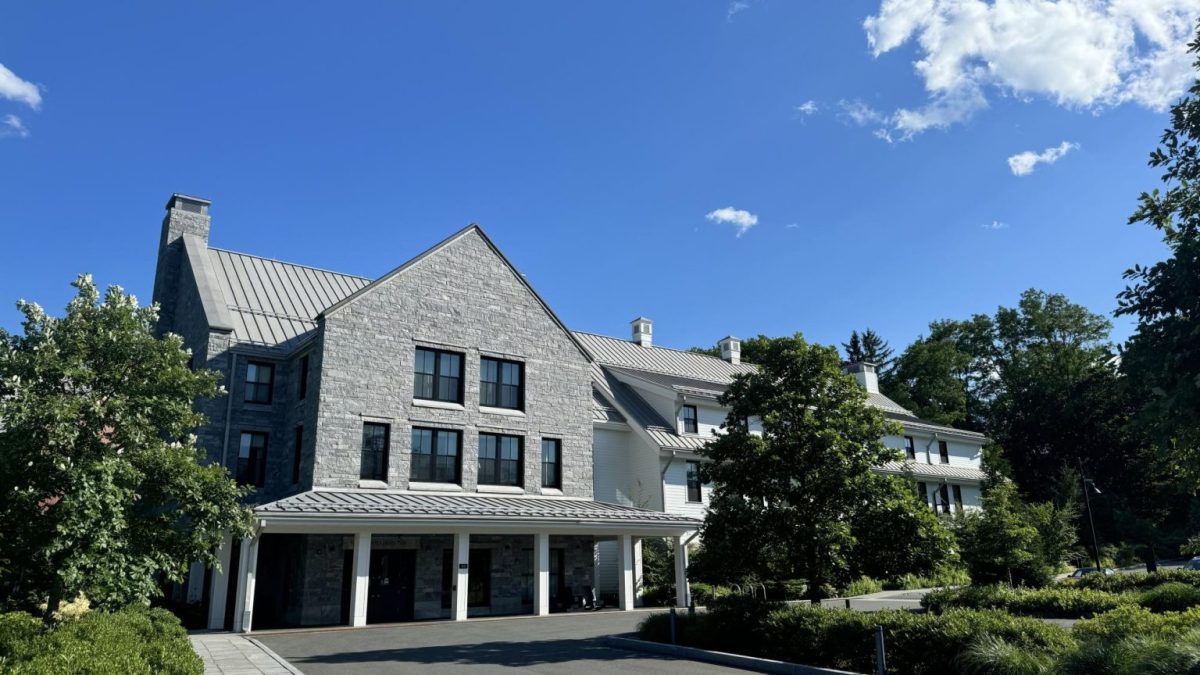Following recent discussion and coverage of the struggles of minority faculty and issues of retention at the College, the Record examined news surrounding this issue at other colleges and universities across the country.
Amherst College
In a four-part series titled “A Flawed System,” Amherst Student Editor-in-Chief Shawna Chen investigated issues facing faculty of color at Amherst. The first installment reported higher rates of tenure denial among professors of color. The article also described the larger workload of faculty of color, including the heightened burden of mentoring students, serving on committees to improve diversity, advocating for change and more. The Student reported that although most faculty participate in these obligations, the shortage of professors of color places a disproportionate work load on minority faculty, much of which does not count toward tenure.
The second installment recounted instances of racism in the Amherst community. Furthermore, the article, “A Flawed System: Navigating Racist Encounters,” referenced the leaves of Assistant Professor of English Kimberly Love and Assistant Professor of Women’s, Gender and Sexuality Studies Kai M. Green ’07 from the College, recognizing that “racially tinged encounters are not isolated to Williams.”
Most recently, the Student investigated the tenure process and the added challenges facing minority faculty at Amherst. The coverage raised the issue of Amherst’s non-standardized course evaluations across departments and their role in tenure evaluations. Last Wednesday’s article, “A Flawed System: Professors of Color Face Hurdles in Obtaining Tenure,” also pointed to a “lack of clarity around these processes and expectations for pre-tenure faculty.” The Student also pointed to an intimidating culture surrounding faculty meetings and their procedures and a larger “institutional culture of whiteness” as contributing to the challenges facing faculty of color at Amherst.
Purdue University
On Feb. 18, The New York Times published a profile of Edray Goins, an African American mathematician who decided to leave his position as full professor at Purdue for a full professorship at Pomona. The article, “For a Black Mathematician, What It’s Like to Be the ‘Only One,’” pointed to a buildup of incidents leading to Goins’ decision. “The hostilities he perceived were subtle, the signs of disrespect unspoken,” the Times’ Amy Harmon wrote. The article described the loneliness and isolation Goins felt as a black mathematician underrepresented in his field. The Times wrote about instances of microaggressions and tokenization experienced by Goins and his peers. “I just never really felt respected,” Goins said.
Harmon, a national correspondent for the Times, broadened the issue in an additional article, “What I Learned While Reporting on the Dearth of Black Mathematicians.” Harmon noted that many mathematicians interviewed “took pains to note that theirs is not the only field typified by what one called ‘the racism of educated people.’” The article also recognized economic issues that feed underrepresentation, such as the lack of equity in public schools. “The lack of African-American representation in math can end up feeding pernicious biases, which in turn add to the many obstacles mathematically talented minorities face,” Harmon wrote.








